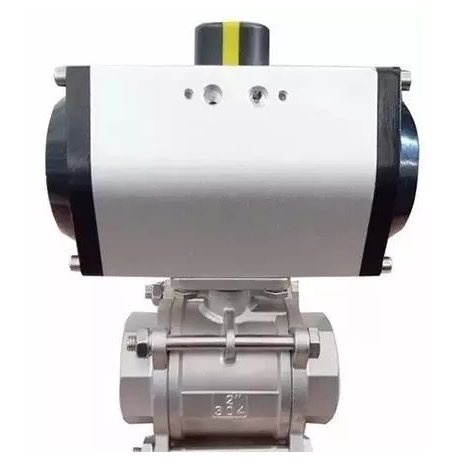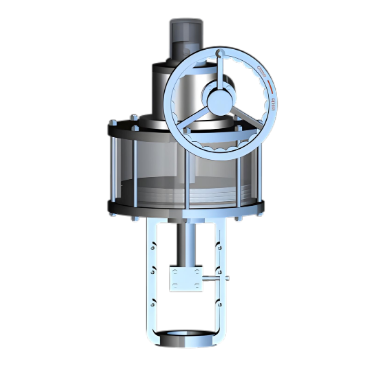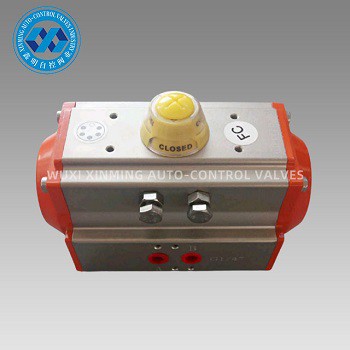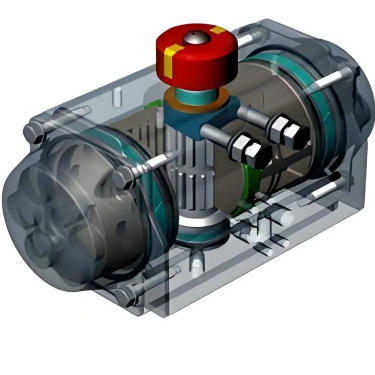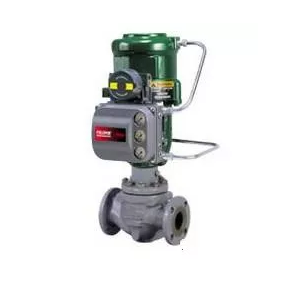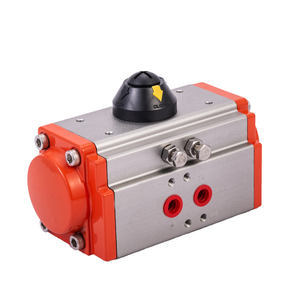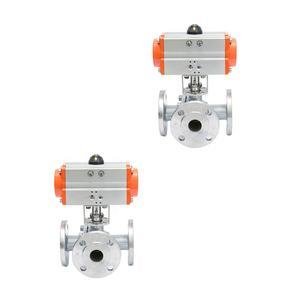Quarter turn
pneumatic actuators used in hazardous locations possess essential flame -
retardant properties to ensure safety.
Material
selection is fundamental. These actuators are crafted from flame - retardant
polymers or treated metals. Specialized plastics with additives that suppress
combustion are commonly used for non - structural components. Metals may
undergo heat treatment or coating processes to enhance their resistance to high
temperatures and prevent ignition. This ensures that in the event of exposure
to flames or high heat, the actuator itself does not contribute to fire
spread.
The
structural design also plays a vital role. Sealed enclosures prevent the
ingress of flammable gases or vapors, reducing the risk of internal ignition.
Tight - fitting joints and high - quality gaskets create a barrier, maintaining
the integrity of the actuator even in explosive atmospheres. Additionally, the
internal components are engineered to minimize friction and heat generation
during operation, further reducing ignition risks.
Manufacturers
subject these actuators to rigorous testing standards, such as those set by
global safety organizations. These tests simulate real - world hazardous
conditions, verifying the actuator’s flame - retardant capabilities. With their
robust flame - retardant features, quarter turn pneumatic actuators provide
reliable operation and safety assurance in hazardous locations like oil
refineries, chemical plants, and gas storage facilities.
If you want to learn more about low-priced products, please visit the following website: www.xm-valveactuator.com


